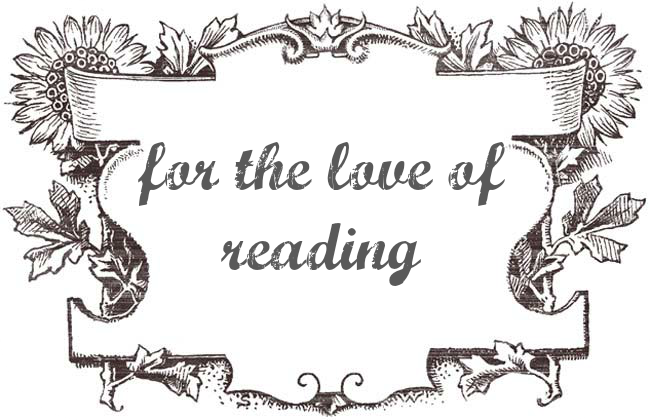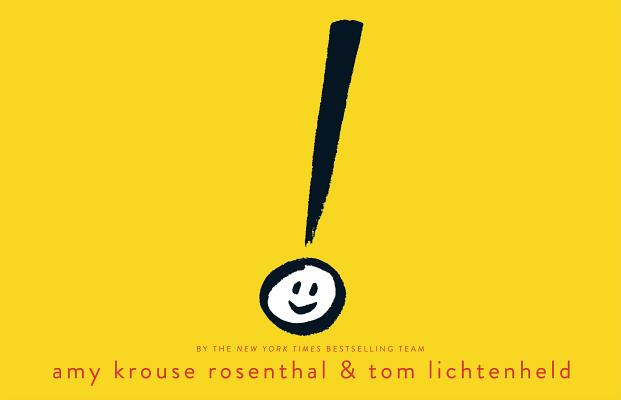Author: Ben Clanton
Illustrations: Ben Clanton
Published: Clanton, B. (2013). Mo's mustache. Toronto: Tundra Books.
Themes: humour, clothing/dress, emotions, feelings, individuality
 |
| {Source} |
Mo is the cutest little monster who just bought a brand new mustache. He loves his new mustache and wears it with pride. All of his friends think his new mustache is so trendy, however, the next day....they are all wearing their own mustache now. Why are they copying him? How will Mo ever stand out?
HUZZAH! This is such an adorable book about individuality. The illustrations are so whimsical and simple, while the writing is humorous and descriptive.
Classroom Ideas:
- This book would be a fantastic book to look at adjectives ("A big, black, beautiful mustache")
- This is a great book to teach individuality and teaching how everyone has their own personal styles.
- When I first read this book, it immediately made me think of another favourite of mine....Stephanie's Ponytail (Robert Munsch). See if your kids can make some text-to-text connections with these books.
- GREAT book to do a read aloud with younger students
- Talk about different perspectives with your students - you can look at Mo's perspective and that of his friends. Why does Mo think they are copying him?
- Have a conversation with your students: how do you feel when others copy you?
What would you do with Mo's Mustache in your classroom?













